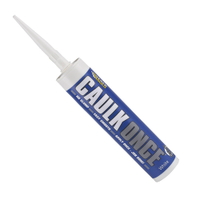How to get rid of silverfish in the bathroom and other surprising places in your home
If you're finding silverfish in your home it could be a sign of mould or dampness - here's how to get rid of them and prevent them from returning
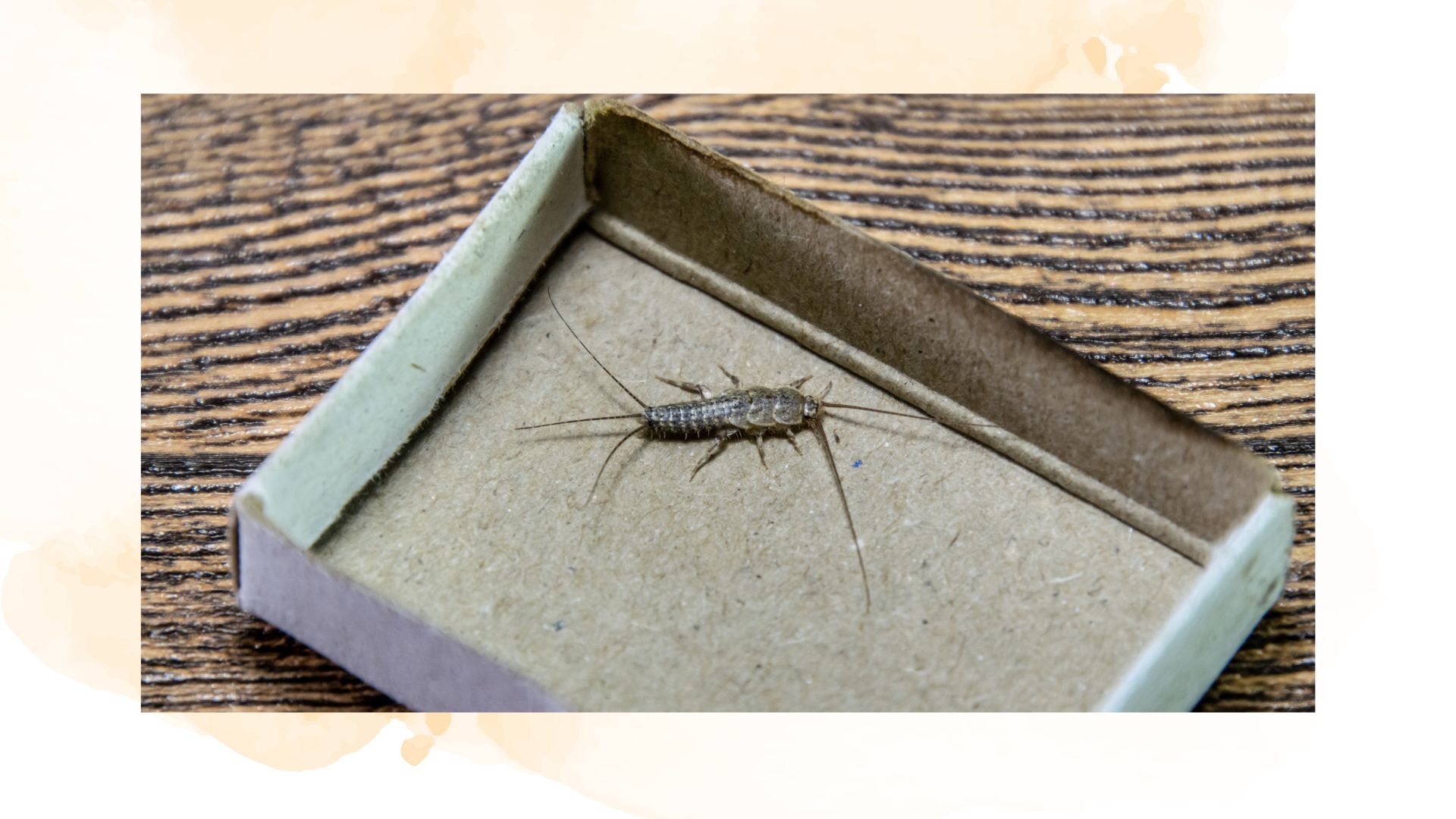

It's never fun to find creepy crawlies in your home, especially when their appearance suggests you might be dealing with mould or damp issues like silverfish. That's why we asked pest control experts to share their most efficient methods of removal and explain how to keep the insects away.
Getting rid of flies in your home or keeping ants away from your kitchen is usually necessary when there's a hidden food source they're drawn to. However, silverfish can be a sign of something far worse: dampness.
That's right. You'll now have to learn how to get rid of silverfish and how to stop mould from growing in your house. With all this to consider, we asked pest experts for their guide to ridding your home of these insects and explaining why they appear in the first place.
How to get rid of silverfish: An expert guide
Unlike dealing with tiny black flies in your home, you'll probably be less familiar with silverfish and their reasoning for taking up residence in your home.
"Silverfish are small, wingless nocturnal insects that are typically found in bathrooms, kitchens and basements," explains Sophie Thorogood, pest prevention expert at Pest-Stop" Basically anywhere with a steady supply of moisture and dark, secluded spaces to hide."
She adds, "While silverfish are no harm to humans, they can be highly destructive. They feed on starchy materials like paper, books, wallpaper and even clothing, which can cause damage to valuable or sentimental items in your home."
So to save yourself money, time and effort in clearing up after these little critters here are some steps for ensuring they leave and don't return.
Sign up for the woman&home newsletter
Sign up to our free daily email for the latest royal and entertainment news, interesting opinion, expert advice on styling and beauty trends, and no-nonsense guides to the health and wellness questions you want answered.
1. Control humidity levels
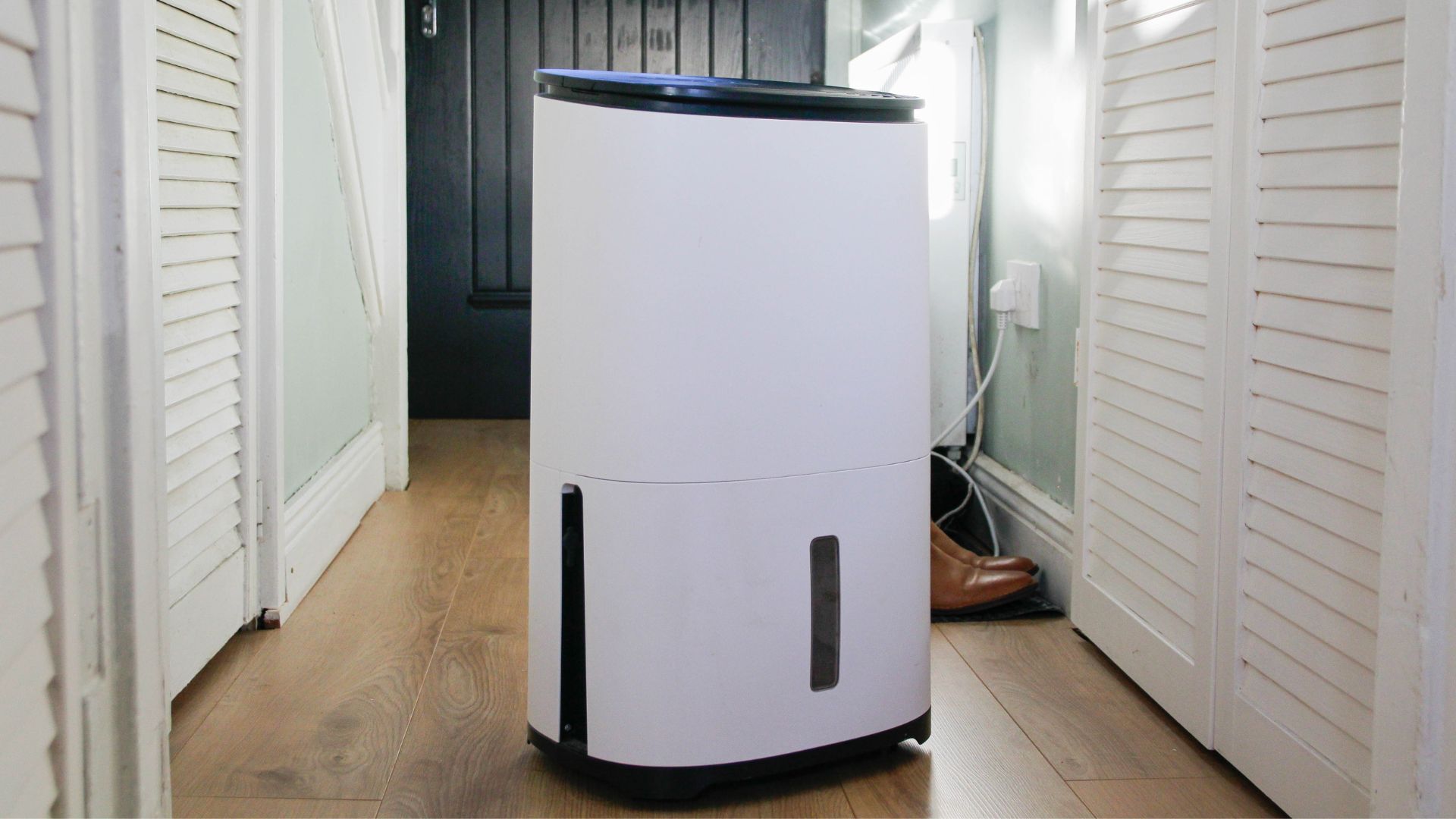
From minimising condensation to preventing mould, reducing the humidity in your home is good for several reasons. It's also one of the most effective ways to both prevent and get rid of silverfish.
“Silverfish rely on moisture to survive, so the best way to discourage them is by keeping your home as dry as possible,” explains Sophie.
She advises, "Use dehumidifiers in damp areas and ensure proper ventilation in bathrooms and kitchens. Small actions, like running an extractor fan while showering, can make a big difference.”
Investing in one of the best dehumidifiers is a great idea for your home's overall health, but it'll be particularly useful for keeping the insects away.
Our pick of the best dehumidifiers
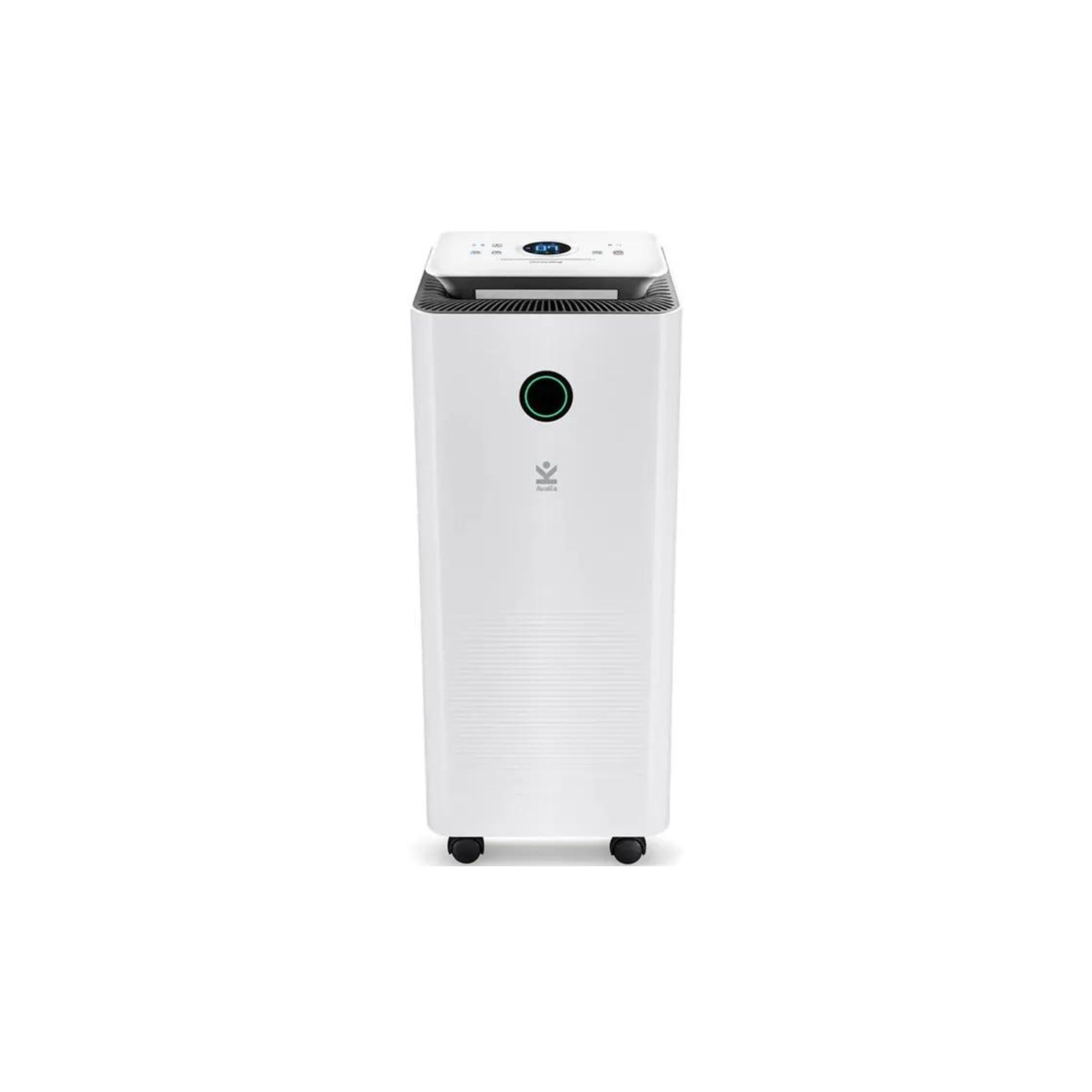
If you're looking for a dehumidifier that's large enough to hold at least 16L of water, sleek, and space-saving. The Avalla X-150 is Rated the overall best on our list, this machine left the air in our home clean and moisture-free.
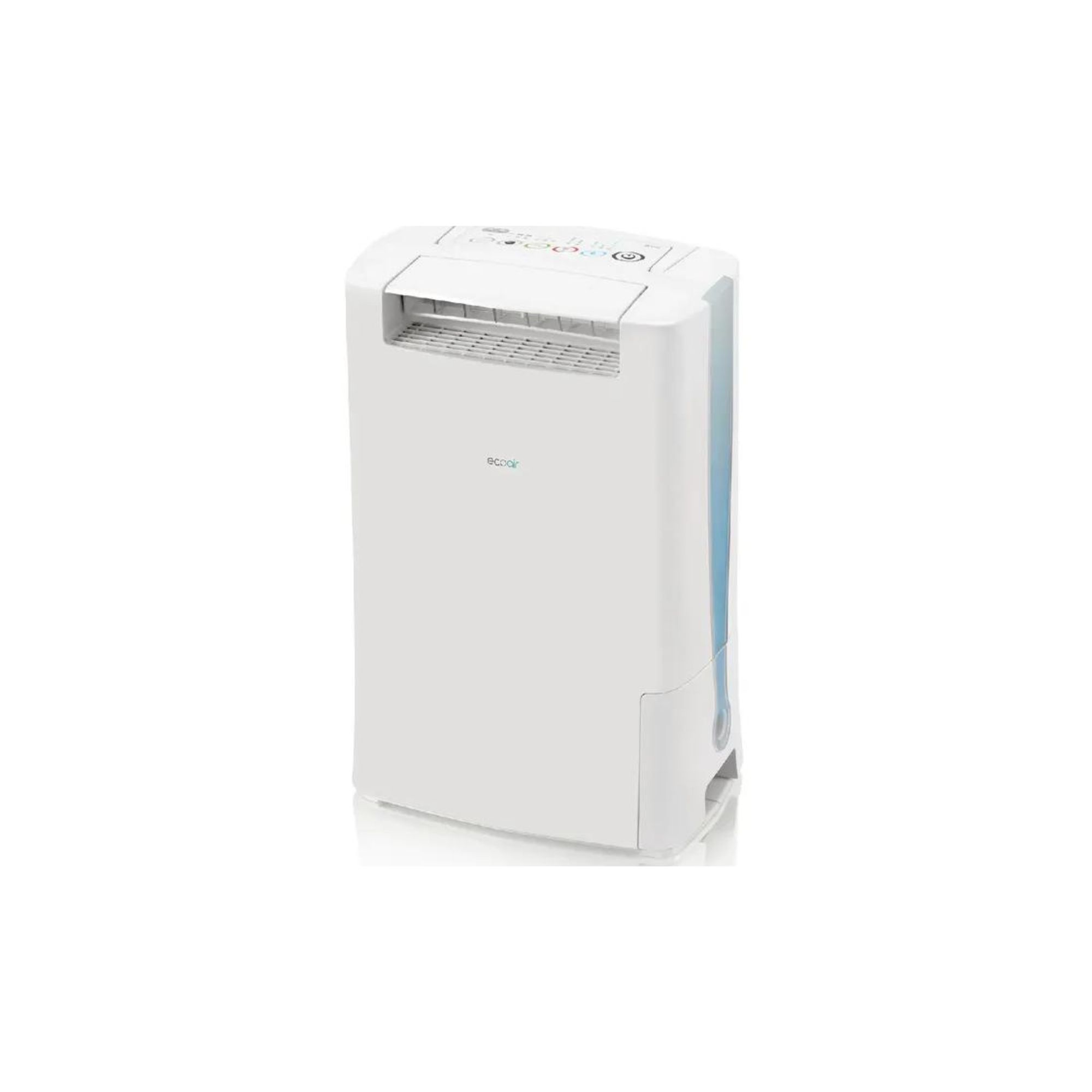
The cool thing about dehumidifiers is that they can be used as a clothes dryer, which helps keep costs down. This EcoAir dehumidifier is exceptional for drying clothes and laundry quickly. The Desiccant 8L features three drying modes and two laundry.
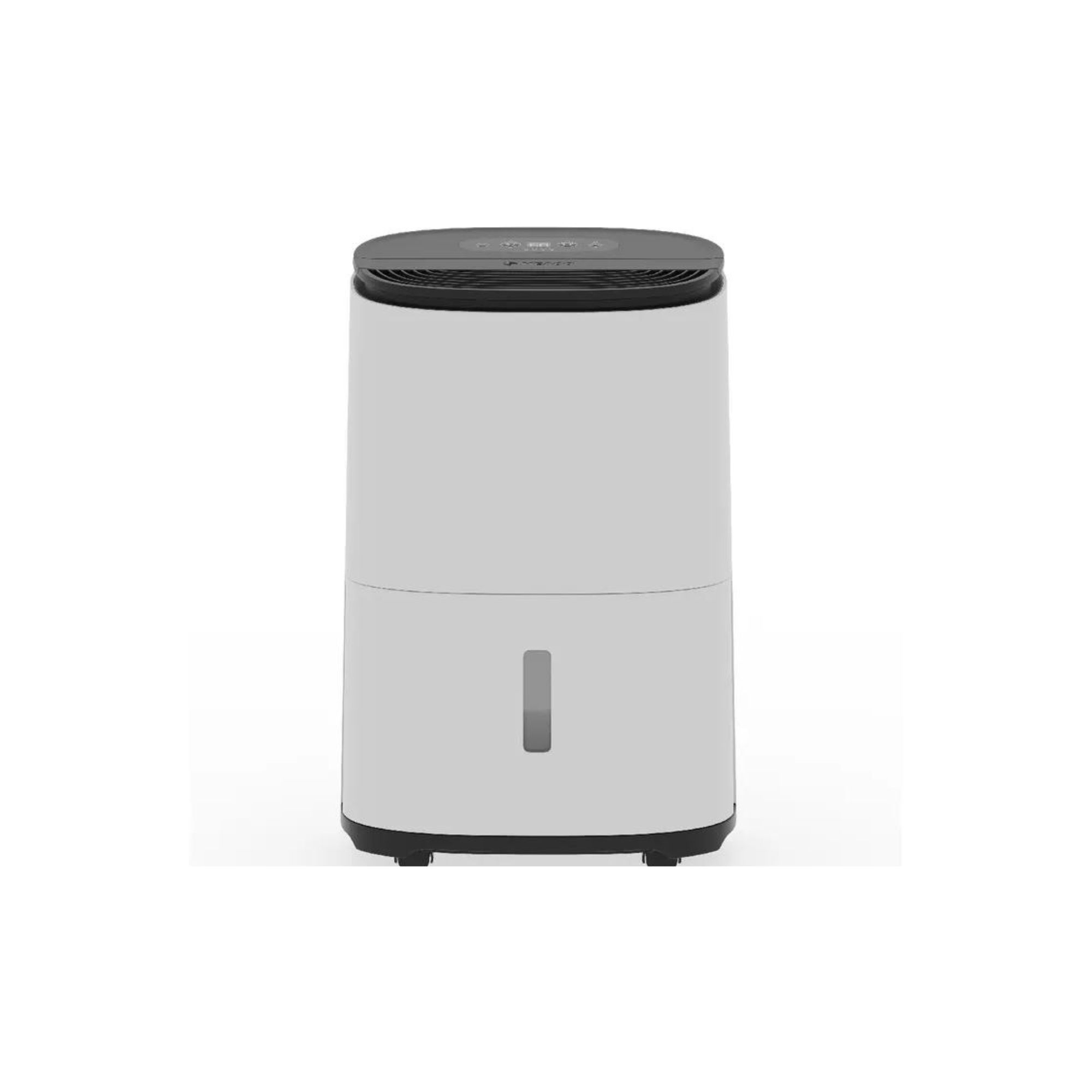
The MeacoDry Arete One is an all-around great dehumidifier. It's simple, easy to use, great for families with little ones, and quiet. It even has a laundry mode, handling your home's moisture and wet clothes.
2. Address any pre-existing damp problems
Aside from the humidity of your home, you may also want to look around the house for any hidden pre-existing damp problems. There are several unexpected places mould could be hiding in your home, each one capable of attracting these pesky insects and more.
"Many homes have hidden leaks, such as under sinks or around toilets that can go unnoticed unless you’re on the lookout for them," says Daniel Baldwin, Board Certified Entomologist at Hawx Pest Control. "Make sure you check for any leaks or moisture that may be accumulating in these areas and have them fixed and clean up any remaining water."
He also recommends checking under your flooring if it's lifting or feels soft, just in case the bugs have made a home under the flooring.
3. Regularly declutter and clean your home
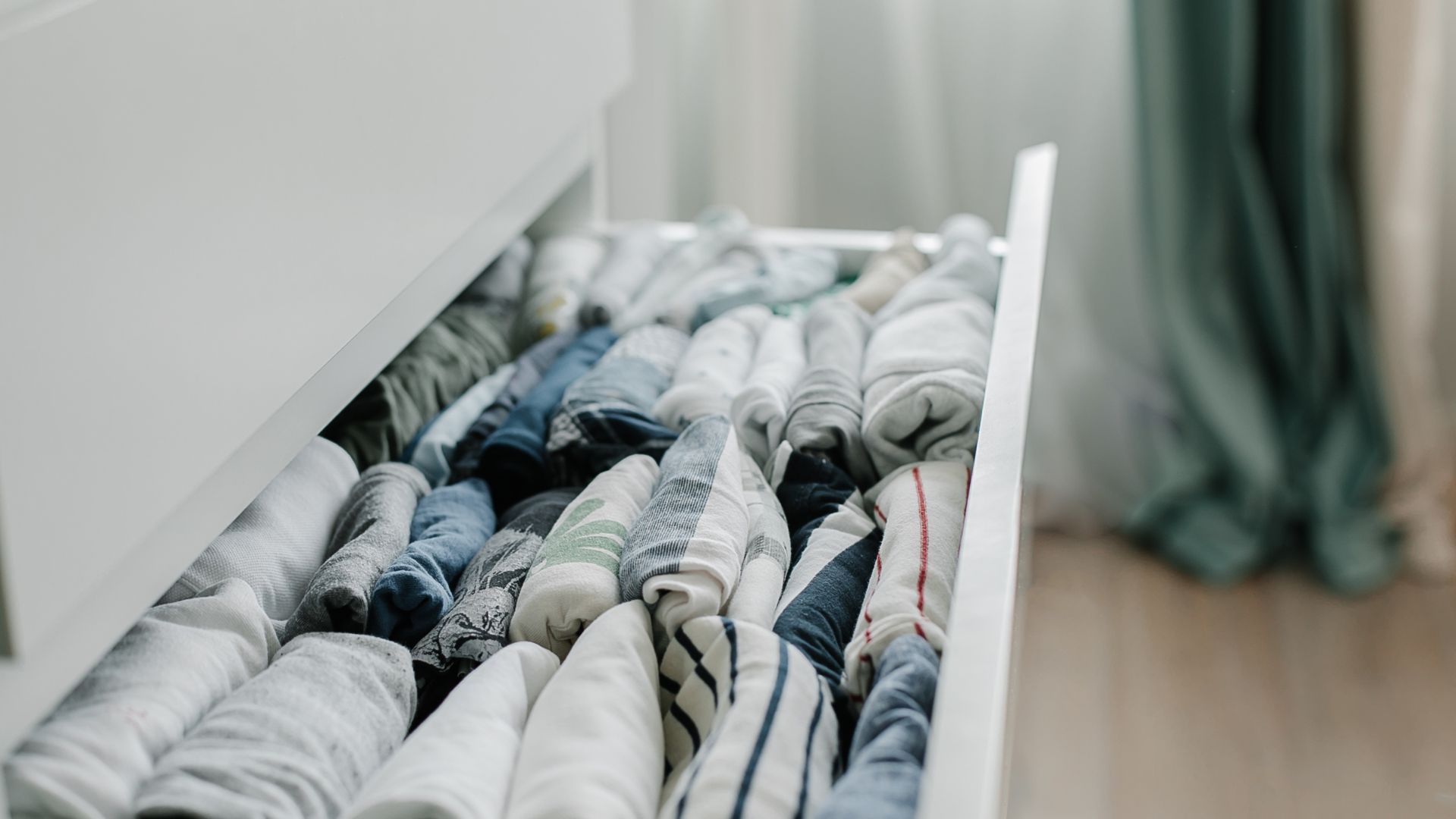
Similar to humidity, it's good to declutter your home regularly. The same goes for cleaning it too, in fact, we'd recommend sticking to some daily cleaning and tidying habits to keep your home at a good level of hygiene.
This is even more important if you suspect you've got a silverfish infestation on your hands. “A clean, clutter-free home is less attractive to silverfish,” says Sophie.
"Vacuum regularly, especially in corners, under furniture and in storage spaces. Store important documents, books and clothes in sealed, dry containers where possible and avoid leaving piles of paper or cardboard lying around," she adds.
4. Make sure to seal any cracks and entry points
Even the smallest cracks and holes in your home exterior can let in pests, and it's not just small insects that can sneak through them. If you've ever had an issue with getting rid of mice or getting rid of spiders chances are they found some of these hidden entryways too.
Daniel says, "Stay on top of your home maintenance to stop silverfish from coming in. With their love of living in cracks and crevices, any openings on the outside of your home are a good opportunity for them to come in."
He stresses the importance of sealing up cracks and gaps, and only then cleaning away any signs of silverfish. " This will help get rid of them, as they won’t have anywhere to live, and stop them from coming back," explains Daniel.
Everbuild Caulk Once Premium Quality Acrylic Caulk: £5.99 at Amazon
For sealing gaps around your home, there really isn't anything better for the job than caulk. It's super quick and easy to use, it'll stop even the smallest insects in their tracks.
5. Try using targeted treatments
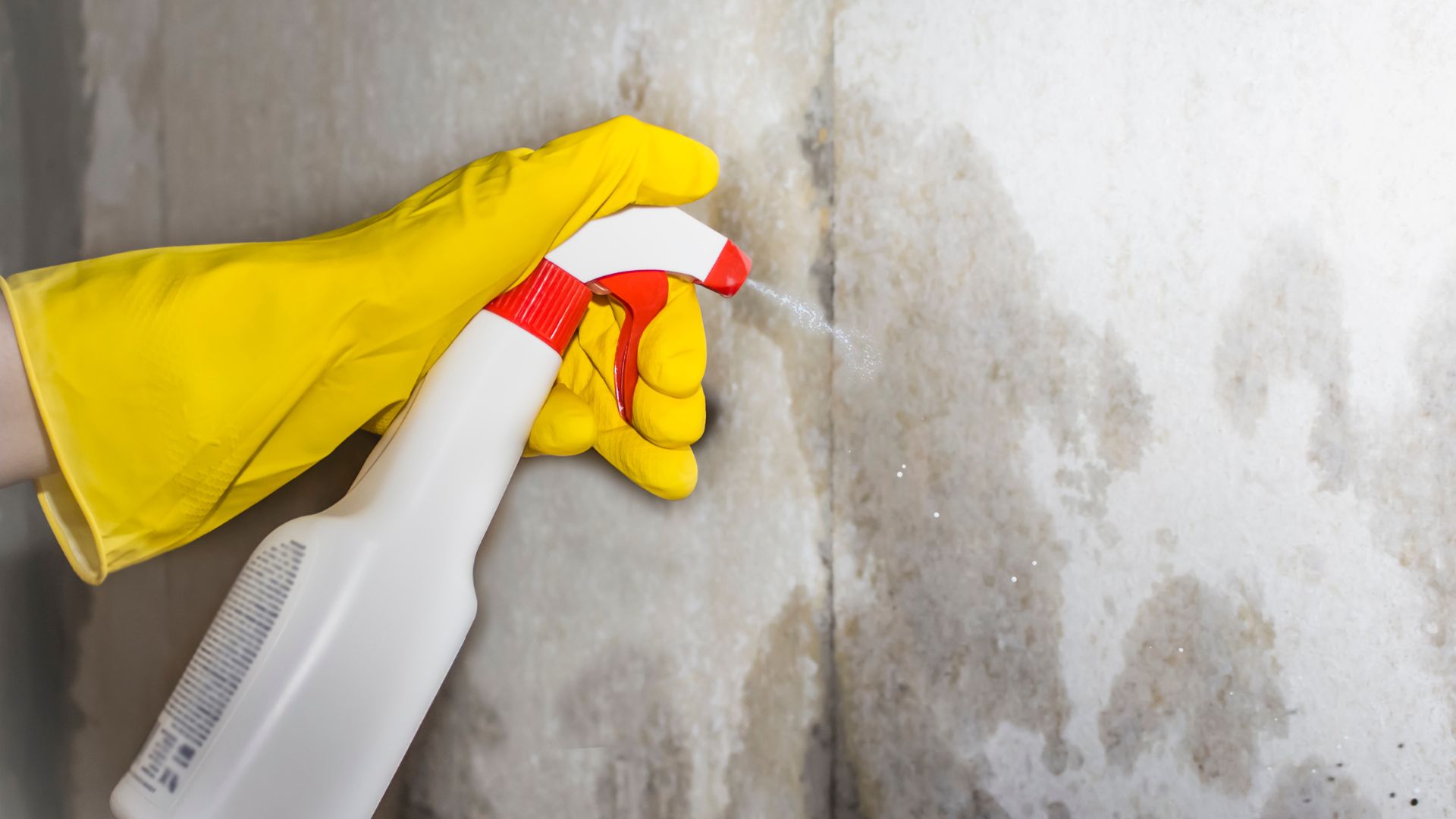
In some cases, natural prevention techniques and cleaning your home might not cut it. And whilst we'd always opt for the most humane and harmless route, some infestations need a more stern solution.
"If you’re having trouble removing them through the above methods then the infestation may be worse than you initially thought. Try an insecticide from any store or online that will kill them and stop them from coming back," says Daniel.
However, if you have small children and pets, he recommends opting for a food-grade insecticide that's safe if it's consumed by accident.
6. Act on it as quickly as possible
With any pests, it's always best to tackle them as soon as physically possible. Whether you're deterring rats from your garden, the key is acting fast. Silverfish infestations are no different.
“Silverfish can reproduce quickly in the right conditions, so it’s crucial to act at the first sign of trouble,” Sophie warns. “By keeping your home dry, clean and sealed, you can create an environment that feels far less inviting for these unwelcome guests."
FAQs
What causes silverfish in the house?
With any pest, there can be several factors that lead them to set up shop in your home. Knowing their preferred environments can help you stop allowing your home to mirror them.
Dr. Jonathan Kirby, pest expert at NOPE! says, "Typically, when people think about silverfish, they assume they only affect damp, cold university halls. However, these pests are also common for UK homeowners and renters. Whilst they’re attracted to starchy materials like paper and wallpaper paste, they love moist areas of high humidity – anything between 55%-70%."
He continues, "Humidity is ideal for them which is why homeowners may find them nesting in their bathrooms. You could also find them harbouring in wall void spaces, basements or ceilings and dark, undisturbed corners in refrigerators, around boiler rooms or near sources of water."
Using tips and tricks to keep on top of housework and regularly checking these undisturbed spots will help you prevent future infestations and keep your home insect-free.

Jonathan is a developmental chemist and pest expert at NOPE! From pest advice to masonry protection, he has dedicated himself to helping protect UK housing stock through the development of new and innovative products.
Should I be worried if I see a silverfish?
Finding insects in your home is never going to fill you with joy, but it doesn't mean you have to immediately think the worst. "Silverfish don’t bite and are not harmful to humans, so you don’t need to be worried if you see one," says Sophie reassuringly. "However, they are considered a pest due to the damage that they can do to your home, such as damaging books, eating wallpaper or creating holes in your clothes."
Whilst finding them isn't ideal, it is important as silverfish don't tend to just disappear by themselves. Daniel explains, "Silverfish won’t disappear on their own and can live for up to eight years. If your home offers ideal conditions, they are likely to stay and thrive."
This is why finding them sooner than later is a positive and one you'll be thankful for when they're all gone.
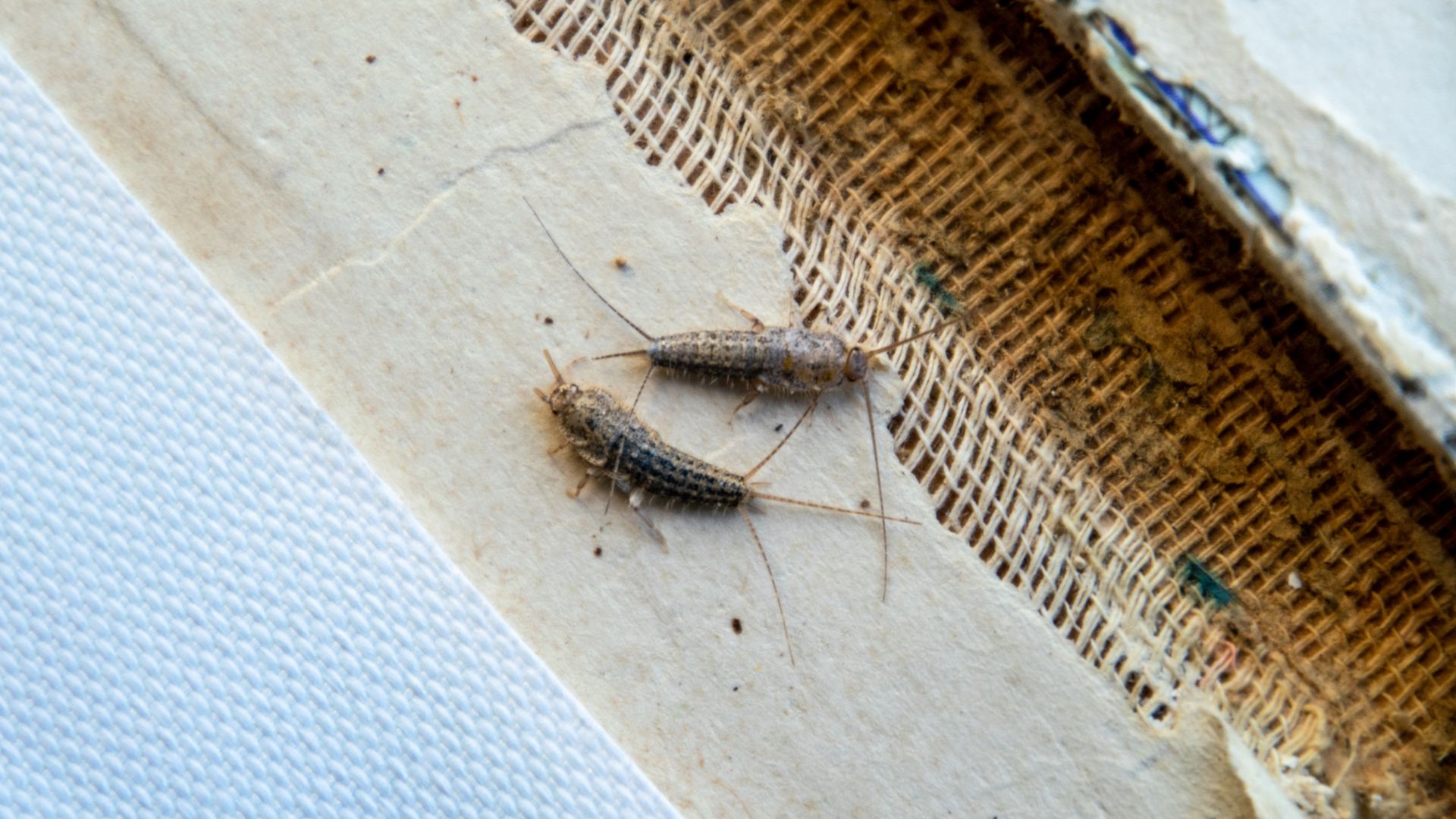
How do you find where silverfish are coming from?
Should you be nervous about a potential infestation, there are areas in your home you can check for some peace of mind. However, if you're not dealing with damp problems or have yet to see a silverfish, checking these spots only when you're deep cleaning your home is absolutely fine.
Dr. Jonathan says, "Silverfish love humid areas and sources of water but they also hate light. So, if you have a wet room with no windows and poor ventilation, this dark, wet environment could increase the likelihood of attracting silverfish. Silverfish also hide in crevices and cracks so any cracks in the walls will be an ideal nesting spot for them."
There are nocturnal creatures that enjoy eating anything starchy, so it's good to check your flour and pasta containers as well as your bookshelves.
If you find yourself dealing with a rather nasty silverfish infestation and you begin feeling overwhelmed we recommend reaching out to the professionals.
Daniel echoes this, "A pest control service will be able to help with a silverfish infestation, particularly if it’s become more of a major issue that you’re finding difficult to control. Someone who’s an expert in pest control will be able to identify entry points, set traps and remove pests more efficiently before it becomes more of a problem or it spreads to other areas of the property."

Emily joined woman&home as a staff writer after finishing her MA in Magazine Journalism from City University in 2023. After writing various health and news content, she now specialises in lifestyle, covering unique cleaning hacks, gardening how-tos, and everything to help your houseplants thrive.
-
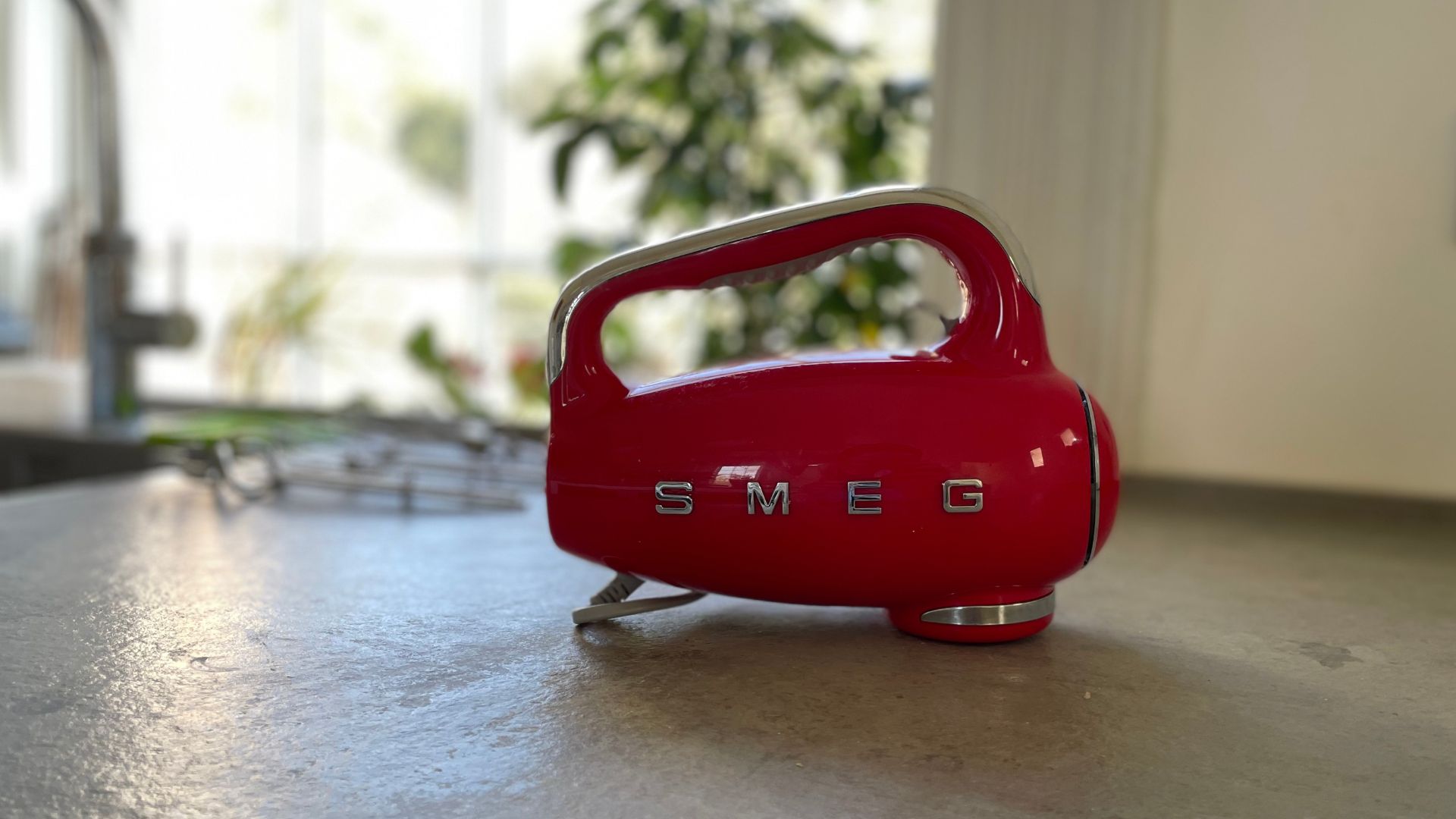 Smeg's retro hand mixer puts the 'king' in baking - I'm convinced it's the best
Smeg's retro hand mixer puts the 'king' in baking - I'm convinced it's the bestThe Smeg 50s Style Hand Mixer is every keen baker's dream: it whips up cream, mixes cookie dough, and kneads bread like the best hand mixers on the market
By Laura Honey Published
-
 From highlights to glosses, here's everything you should know before colouring Afro-textured hair
From highlights to glosses, here's everything you should know before colouring Afro-textured hairKeep your curls and coils healthy during colour processes with this beauty editor's guide
By Keeks Reid Published
-
 How to plant freesia bulbs: easy steps for colourful summer blooms
How to plant freesia bulbs: easy steps for colourful summer bloomsIf you're looking to add some vivid colour and life to your garden, freesias are the perfect choice
By Emily Smith Published
-
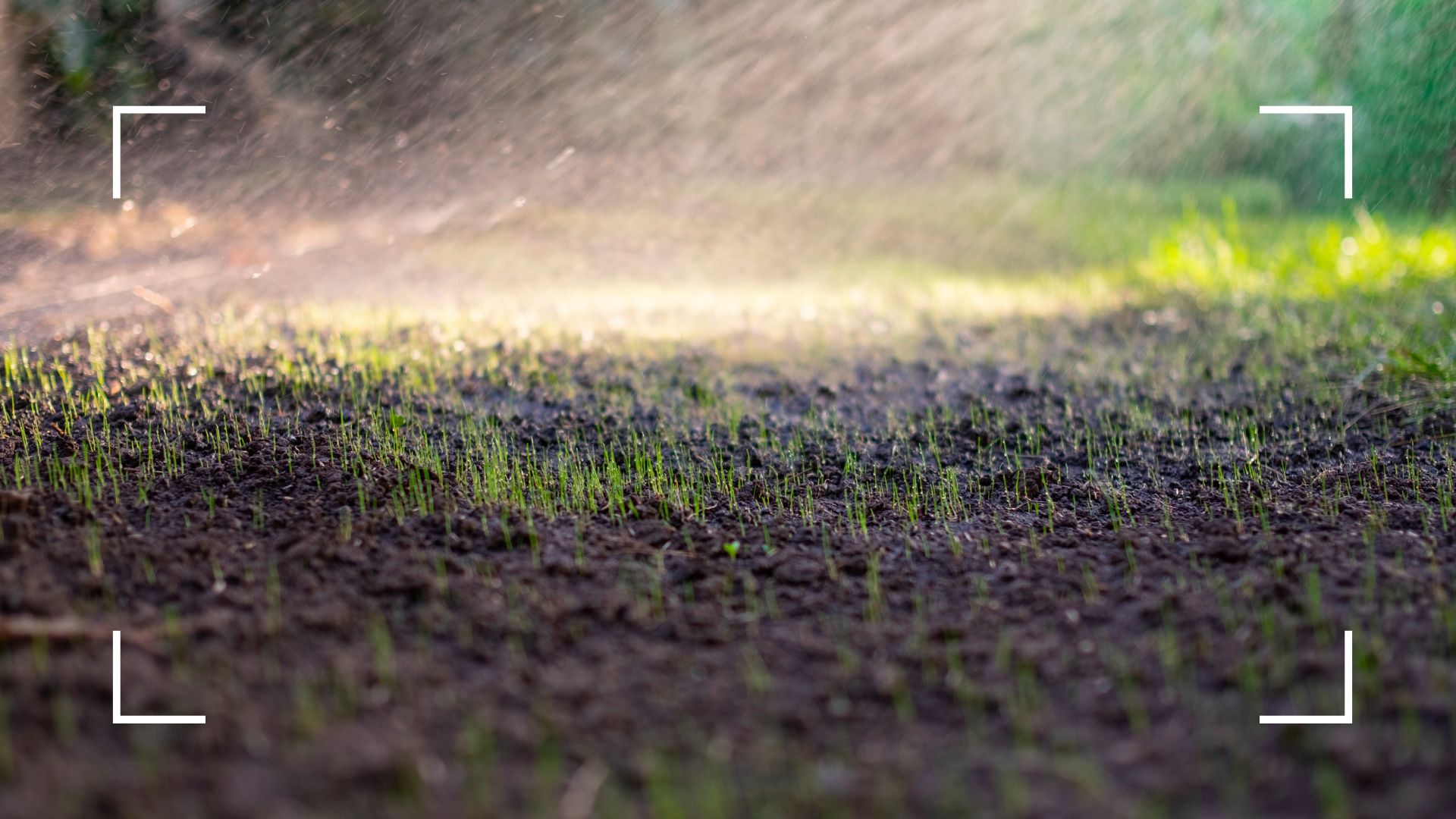 Gardening experts reveal how often you should water grass seed for a luscious lawn this summer
Gardening experts reveal how often you should water grass seed for a luscious lawn this summerWant your lawn to be looking its best by the time summer rolls around? You'll need to make sure you're watering it the perfect amount
By Emily Smith Published
-
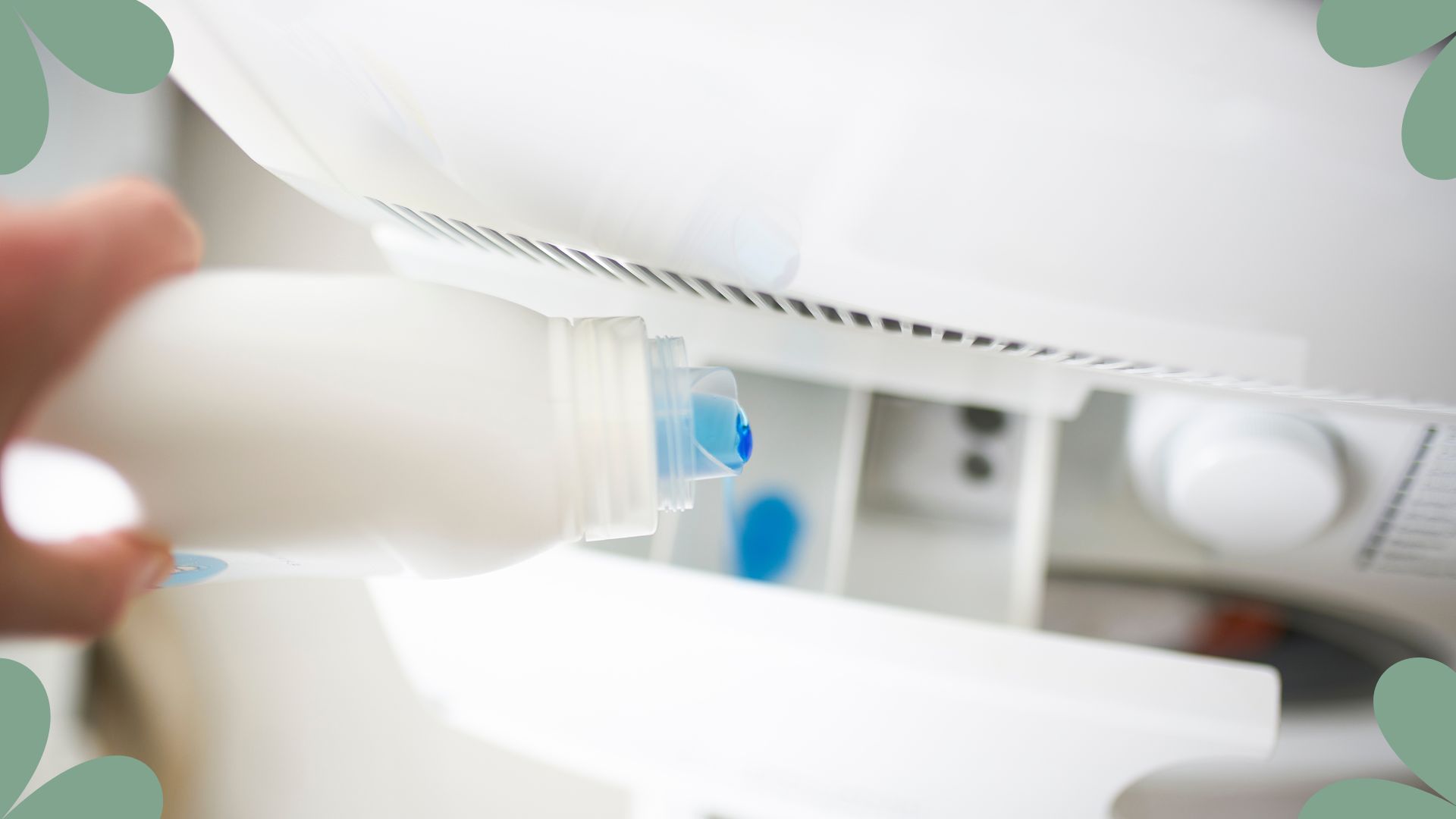 Lynsey Crombie reveals the surprising laundry mistake leaving your clothes smelling 'stale and nasty'
Lynsey Crombie reveals the surprising laundry mistake leaving your clothes smelling 'stale and nasty'Do your clothes smell unpleasant even after you've washed them? It could be your fabric conditioner
By Emily Smith Published
-
 6 common houseplant myths to ignore, warn horticulture experts
6 common houseplant myths to ignore, warn horticulture expertsThese common misconceptions about caring for indoor plants might surprise you – they feel perfectly logical
By Emily Smith Published
-
 Should you deadhead daffodils? Gardening experts share their advice for longer-lasting blooms
Should you deadhead daffodils? Gardening experts share their advice for longer-lasting bloomsThese butter-yellow flowers are one of the first signs of spring, but should you deadhead or leave them be?
By Emily Smith Published
-
 It's time to cut back ornamental grasses, and the expert team at Sarah Raven are here to help
It's time to cut back ornamental grasses, and the expert team at Sarah Raven are here to helpWith spring well and truly here, the team share their top tips to get ornamental grasses ready for new growth
By Emily Smith Published
-
 Monty Don's 'genius' planting trick gives outdoor plants the best chance of thriving
Monty Don's 'genius' planting trick gives outdoor plants the best chance of thrivingThis mess-free trick will make planting seamless - and give your plant a great headstart
By Emily Smith Published
-
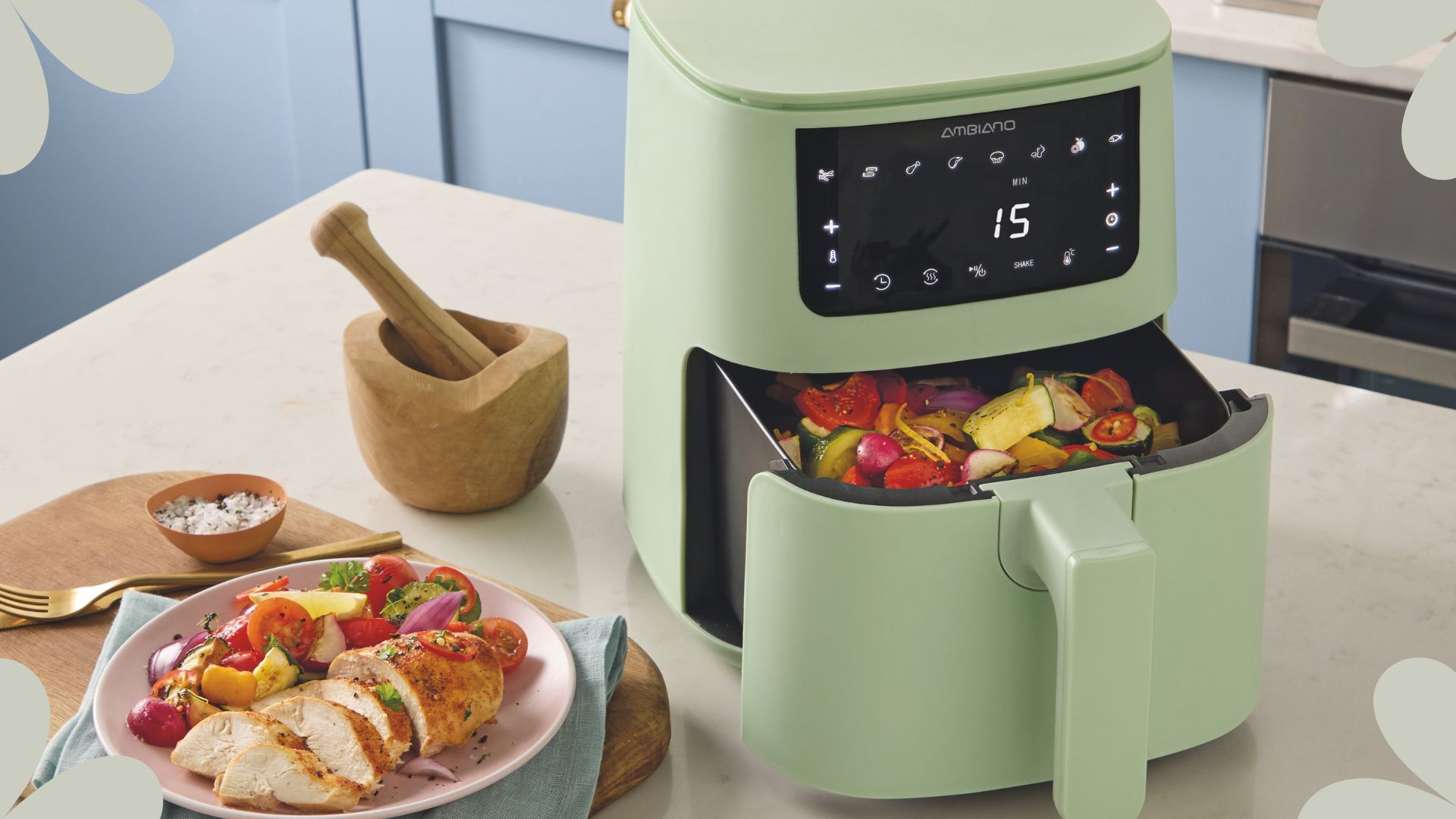 Aldi's on-trend pistachio green air fryer is just £29.99 – stylish and affordable, I had to get one
Aldi's on-trend pistachio green air fryer is just £29.99 – stylish and affordable, I had to get oneColourful, compact and cheaper than comparative models – all the ingredients that made this Aldi Specialbuy hard to resist
By Tamara Kelly Published
